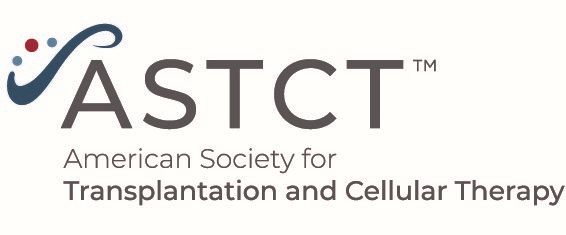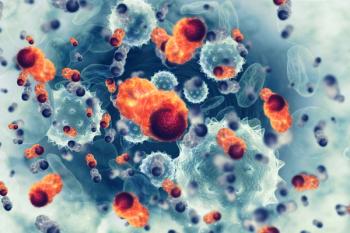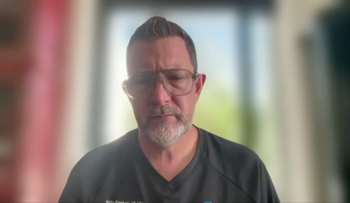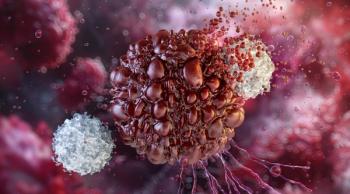
CD19-directed CAR T therapy for T-cell/histiocyte-rich large B-cell lymphoma

Researchers from the University of Wisconsin, Cornell, and a consortium of other institutions conducted a retrospective analysis on CD19-directed CAR T-cell therapy for R/R T-cell/histiocyte-rich LBCL.
Researchers from the University of Wisconsin, Cornell, and a consortium of other institutions conducted a retrospective analysis on CD19-directed Chimeric Antigen Receptor T-cell (CAR T-cell) therapy for relapsed or refractory T-cell/histiocyte-rich large B-cell lymphoma (R/R THRLBCL). This rare and aggressive variant of large B-cell lymphoma (LBCL) comprises less than 10% of LBCL cases and is associated with poor prognosis.
The study utilized data from the Center for International Blood and Marrow Transplant Research (CIBMTR) registry, including 58 adult patients treated with commercial CAR T-cell products (axicabtagene ciloleucel, tisagenlecleucel, or lisocabtagene maraleucel) between 2018 and 2022. Patients had received a median of three prior therapies, with most presenting active disease before CAR T-cell infusion. Nearly 70% of participants received axicabtagene ciloleucel, and 93% were in non-remission before therapy.
With a median follow-up of 23 months, the 2-year overall survival (OS) was 42%, and progression-free survival (PFS) was 29%. The study reported that approximately 30% of patients achieved durable responses, with a subset demonstrating long-term remission. Adverse events included cytokine release syndrome (CRS) in 69% of patients, with severe cases (Grade ≥3) in 7%, and immune effector cell-associated neurotoxicity syndrome (ICANS) in 29%, including 9% with Grade 4 toxicity. Patients with better pre-treatment Karnofsky performance status (<90) had significantly improved outcomes, highlighting the importance of baseline health in predicting therapy success. Despite the therapy’s potential, 69% of patients experienced relapse or progression within two years, and 77% of deaths during the study period were due to lymphoma recurrence.
These findings suggest that while CAR T-cell therapy holds promise as a treatment option for R/R THRLBCL, the high rate of progression underscores the need for further research to improve outcomes. Combination therapies, such as integrating anti-PD-1 checkpoint inhibitors, are being explored to overcome CAR T-cell resistance in this unique tumor microenvironment. This study represents the largest analysis to date of CAR T-cell therapy in THRLBCL, offering critical insights into its potential efficacy and limitations.
Reference
Pophali PA, Fein JA, Ahn KW, et al. CD19-directed CART therapy for T-cell/histiocyte-rich large B-cell lymphoma. Blood Adv. 2024;8(20):5290-5296. doi.10.1182/bloodadvances.2024013863
Newsletter
Stay up to date on recent advances in the multidisciplinary approach to cancer.
































































































